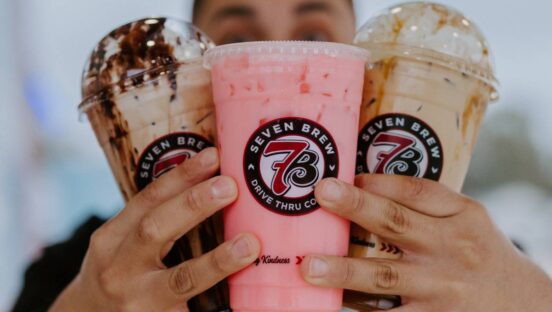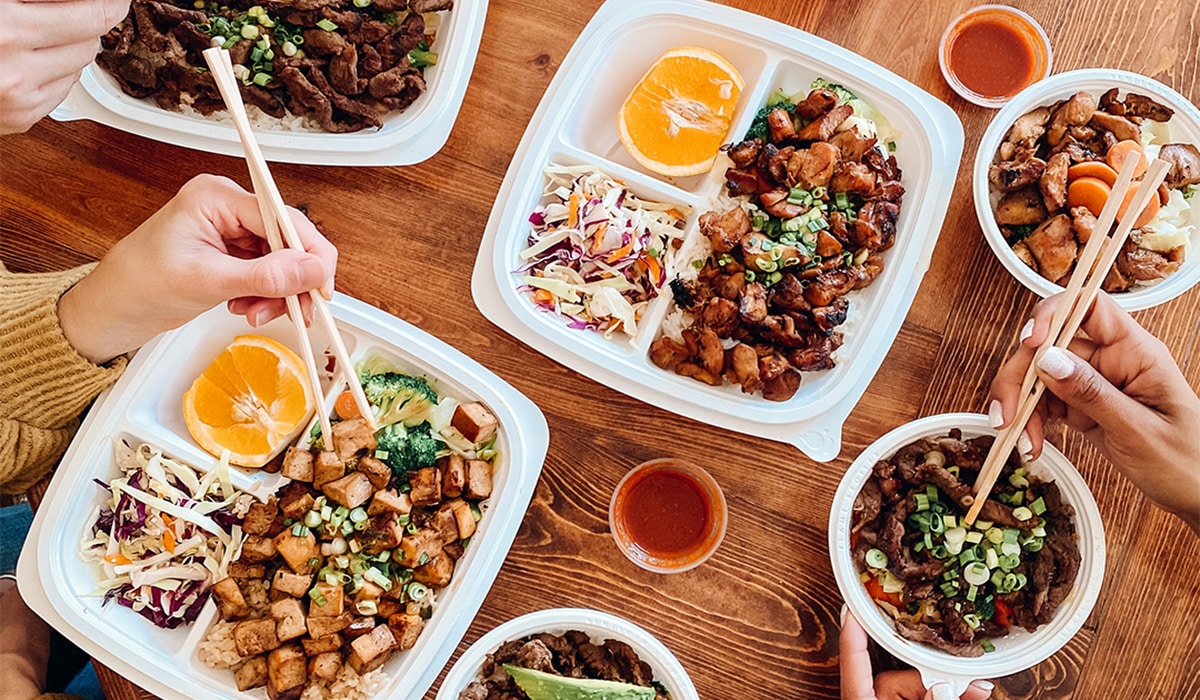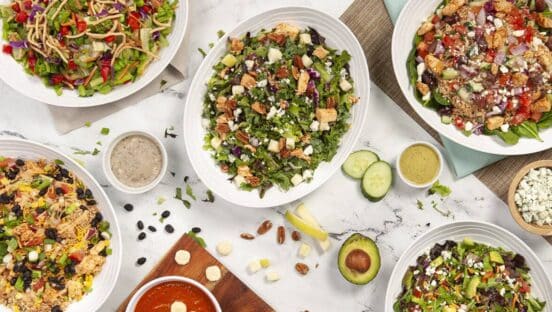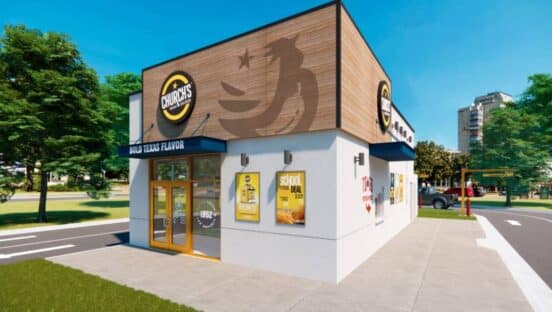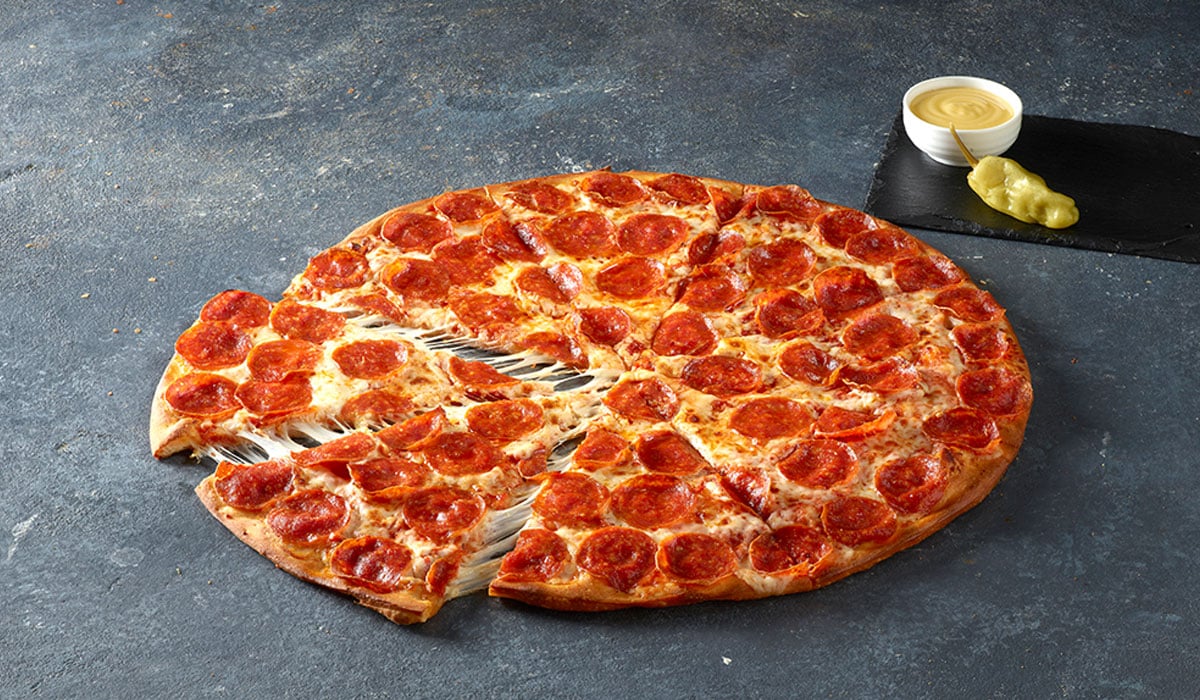While breakfast may not be the quick-service industry’s biggest daypart, there could be enough demand for breakfast foods to become a daylong staple.
According to the National Restaurant Association’s (NRA) 2015 Restaurant Industry Forecast, seven out of 10 consumers say they want restaurants to serve breakfast throughout the day. Millennials are more interested in breakfast for dinner than any other age group before them.
“Breakfast hasn’t traditionally been the most common dining-out daypart, but with the increasingly busy lifestyles we lead today, consumer interest is definitely stemming from the blurring of normal meal periods,” says Annika Stensson, the NRA’s director of research communications. “Who doesn’t like some good pancakes, no matter what time of day it is?”
Brands have already been showing signs of innovation with their breakfast menu offerings within the past year—Taco Bell’s Waffle Taco and Sonic’s French Toaster come to mind—and the NRA reports that people are looking for more spicy flavors and ethnic influences in their breakfast choices. But to date there hasn’t been as much innovation with the breakfast hours, with most brands wrapping up breakfast service at 10:30 or 11 a.m.
Sonic is one brand that has long served its breakfast menu throughout the day. For CMO Todd Smith, offering daylong breakfast is a logical extension of Sonic’s philosophy of “giving the customer what they want, when they want it.”
“At breakfast, we focus on unique menu items that we can offer quickly and consistently,” Smith says. “Those same items—like our Breakfast Burritos and Breakfast Toaster Sandwiches—also happen to be great options for other dayparts.”
But serving breakfast all day while remaining quick and consistent is precisely the problem for many restaurants. McDonald’s has famously considered serving breakfast all day for several years, but has opted against it for operational purposes.
For Hardee’s, breakfast comprises almost 50 percent of total day sales in many Southeast markets, and it’s growing more quickly than any other daypart. But Brad Haley, CMO for Hardee’s and Carl’s Jr. parent CKE, says keeping the “quick” in quick service is more important to Hardee’s than expanding its hours. Because Hardee’s signature, made-from-scratch biscuits require a specialized preparation team, Haley says, expanding breakfast hours would create a slew of staffing, timing, and quality issues. In addition, space and equipment present challenges.
“Most other chains cook their lunch and dinner menu items on a flat grill, so that lends itself to cooking breakfast items all day, as well,” Haley says. “At Carl’s Jr. and Hardee’s, the predominant cooking platform for our lunch and dinner items is a charbroiler, so we would have to run two separate cooking platforms to be able to prepare breakfast items all day, and that would significantly complicate operations.” For Haley, those complications outweigh the potential sales gains.
At California-based Chronic Tacos, unlimited breakfast hours are worth the operational hassle in order to cater to the brand’s nontraditional clientele.
“Catering to their schedules made us a destination for the active California lifestyle,” CEO Mike Mohammed says. “That being said, when we are in the middle of a lunch rush, it can disrupt our flow at times, but our systems and team are very efficient. The customer may have to wait a couple of extra minutes, but it is worth it to have a fresh-made breakfast burrito.”
Stensson says there are ways to hop onboard the breakfast-all-day trend without compromising operational efficiency. She suggests offering one breakfast-type item on the lunch menu—like a breakfast burrito—that has a similar assembly method to the other items found in lunch and dinner menus. She also recommends offering “sturdier” breakfast items with more protein to satisfy customers who crave their morning meal at nontraditional times.
Mohammed points to eggs as the next area for innovation in the trend toward extended and nontraditional breakfast.
“As the trend continues to grow, it will be a great opportunity for people to get creative with eggs. Eggs are such a great protein and are great at any daypart,” he says.
Whether or not businesses see a complete overhaul of their breakfast daypart in the future, Stensson emphasizes the need to capitalize on some aspect of the trend and to differentiate restaurants with unique menu offerings in the process.
“This trend is really starting to go beyond the big chains, and that’s what’s making this so unique,” she says. “Breakfast is kind of an unexplored daypart, and chains are starting to see that breakfast can definitely be a successful area for growth.”
If chains can implement systems to promote efficiency and select new menu items that logistically fit into the concept, the rewards for those breakfast innovators this year could be greater than ever before.


